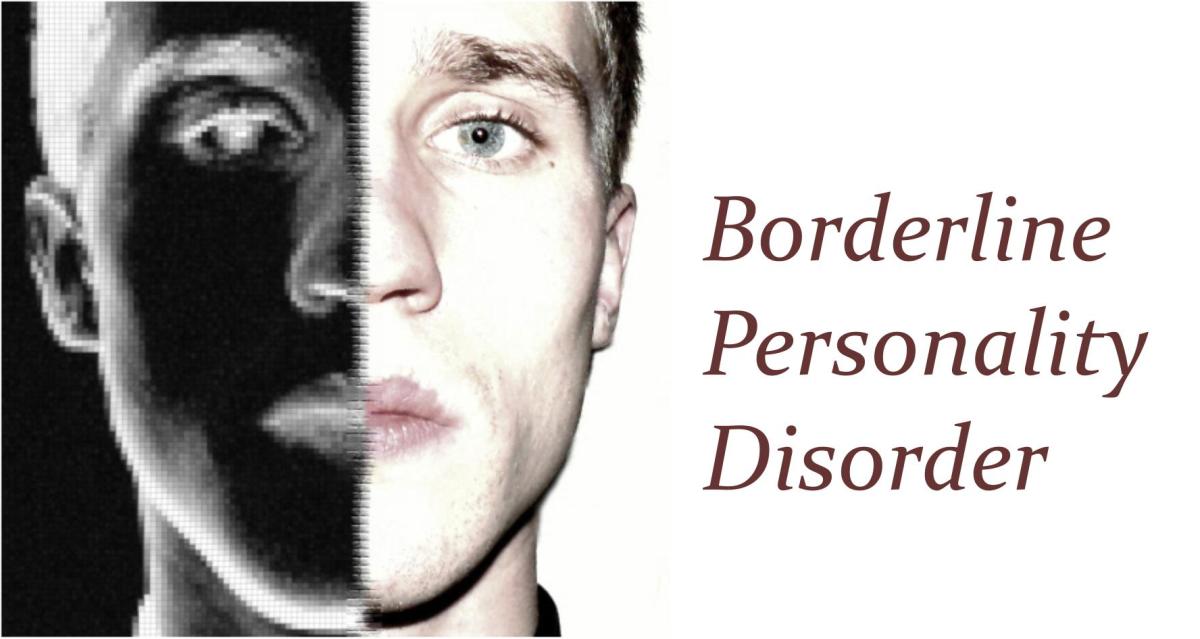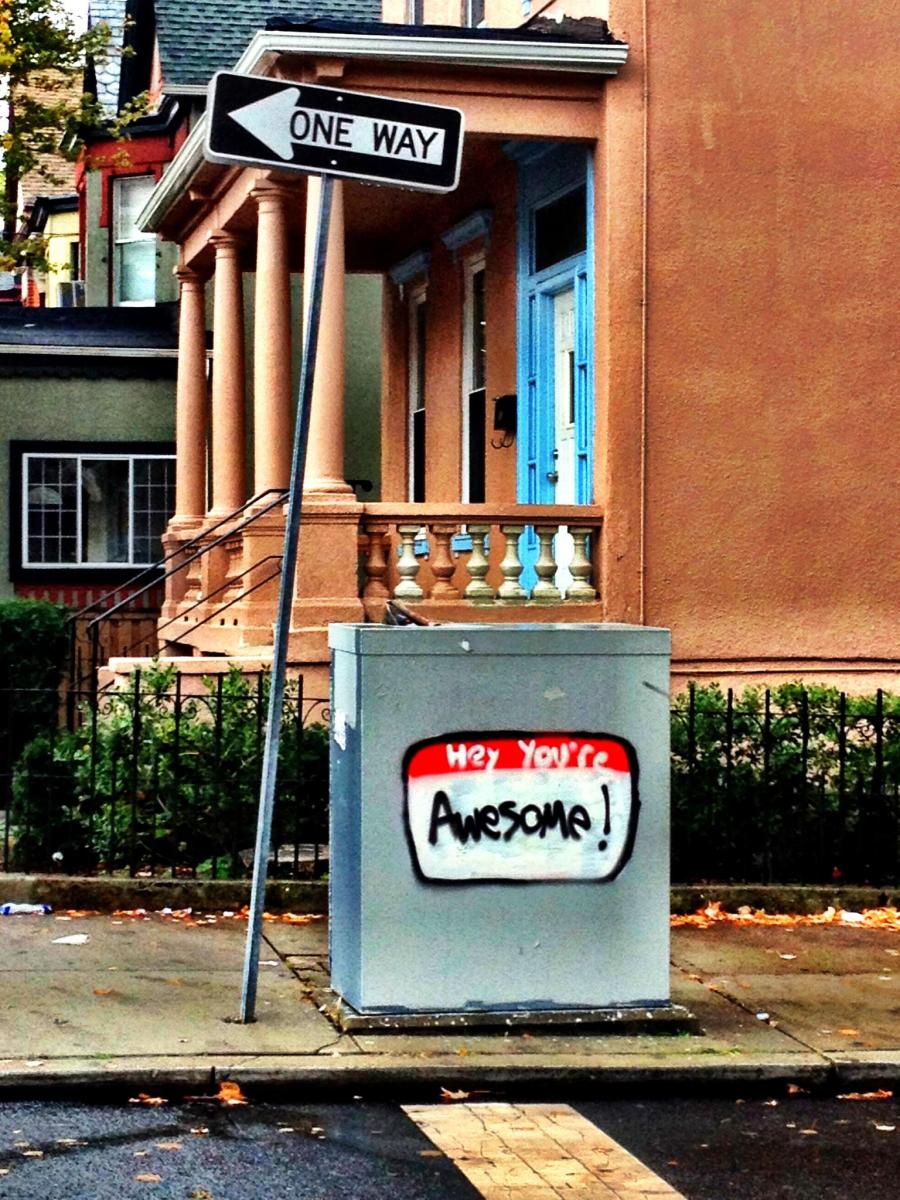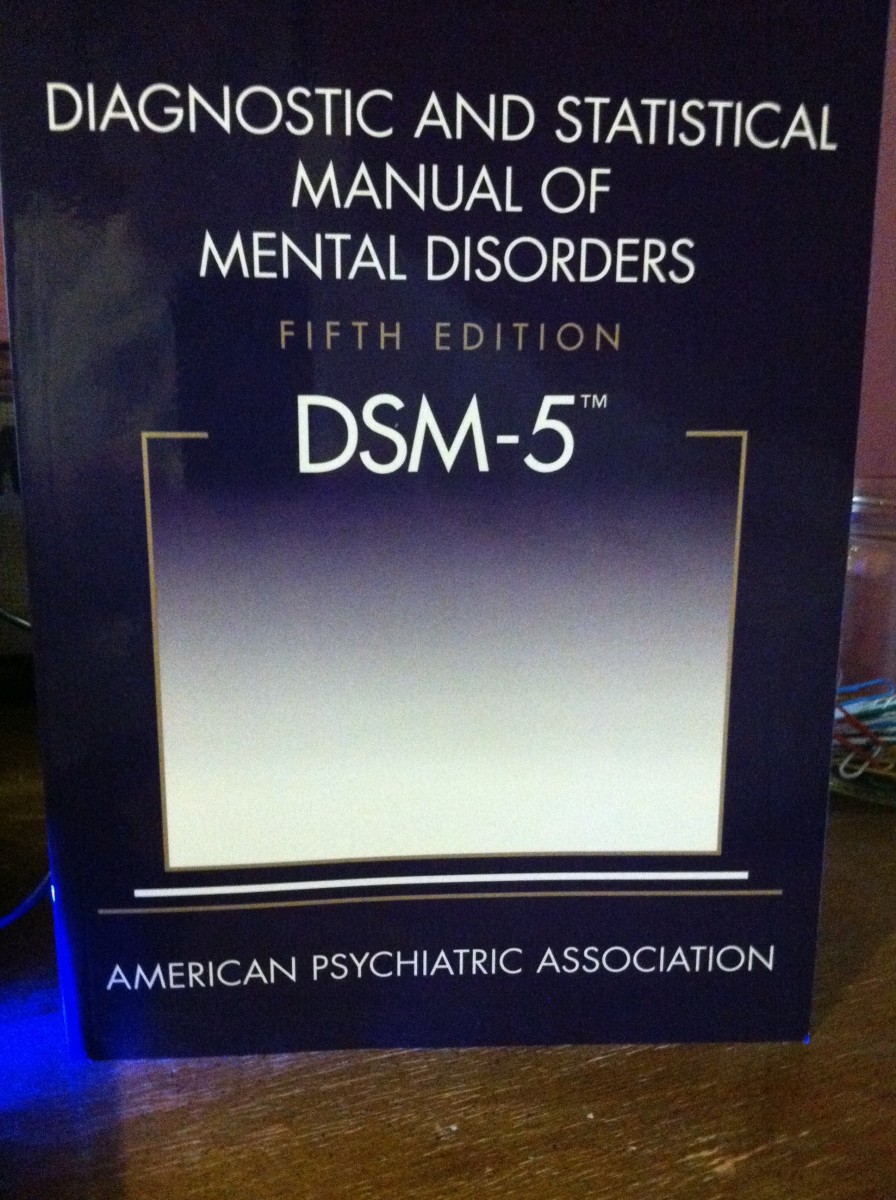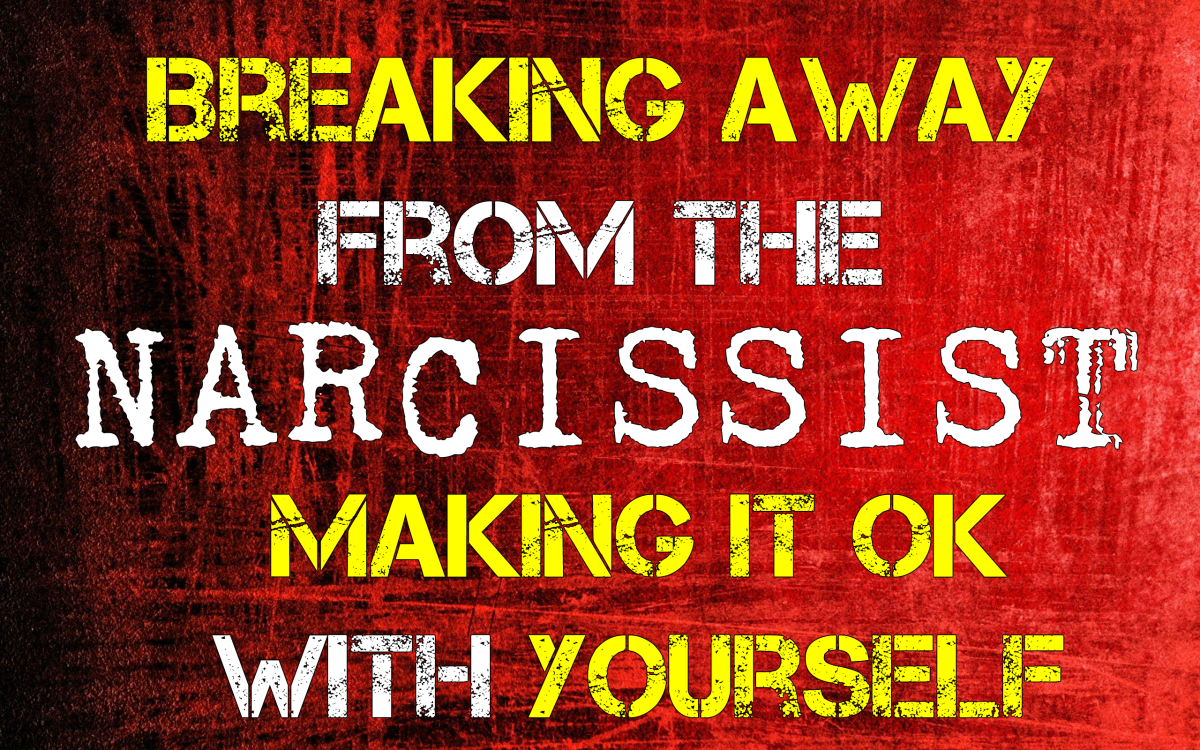Treating Behavioral Traits of Personality Disorder in Children
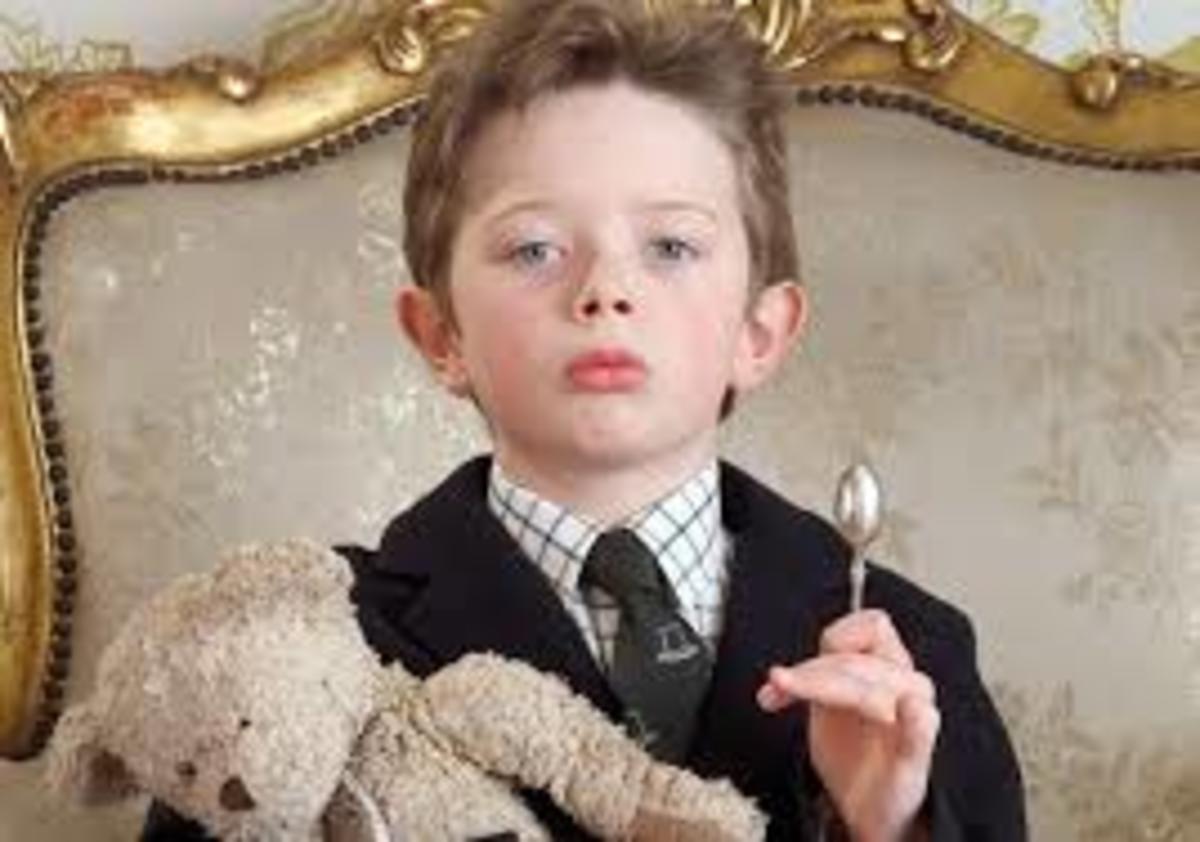
Introduction
Of the ten basic types, or classifications of Personality Disorder (PD) listed in the guide that mental health professionals use to diagnose mental illnesses (Diagnostic Statistics Manual), it is often the types in the “Cluster B” group that seem to pose the greatest negative impact on families and society. The behaviors that these personality disorders represent are also the ones that are most often noted in children, sometimes as early as Kindergarten, though not exclusively so. The personality disorders in the ‘Cluster B” group are: Antisocial, Borderline, Histrionic, and Narcissistic. The symptoms of each of the mentioned disorders have similarities, but they also have some differences, which is beyond the scope of this article, but may interest the reader to further research. For the purposes of this article, Personality Disorder will be defined as a persistent pattern over a large portion of the individual’s life of thinking, perceiving, and relating in ways that cause pain and dysfunction in all environments to the individual and those around them.
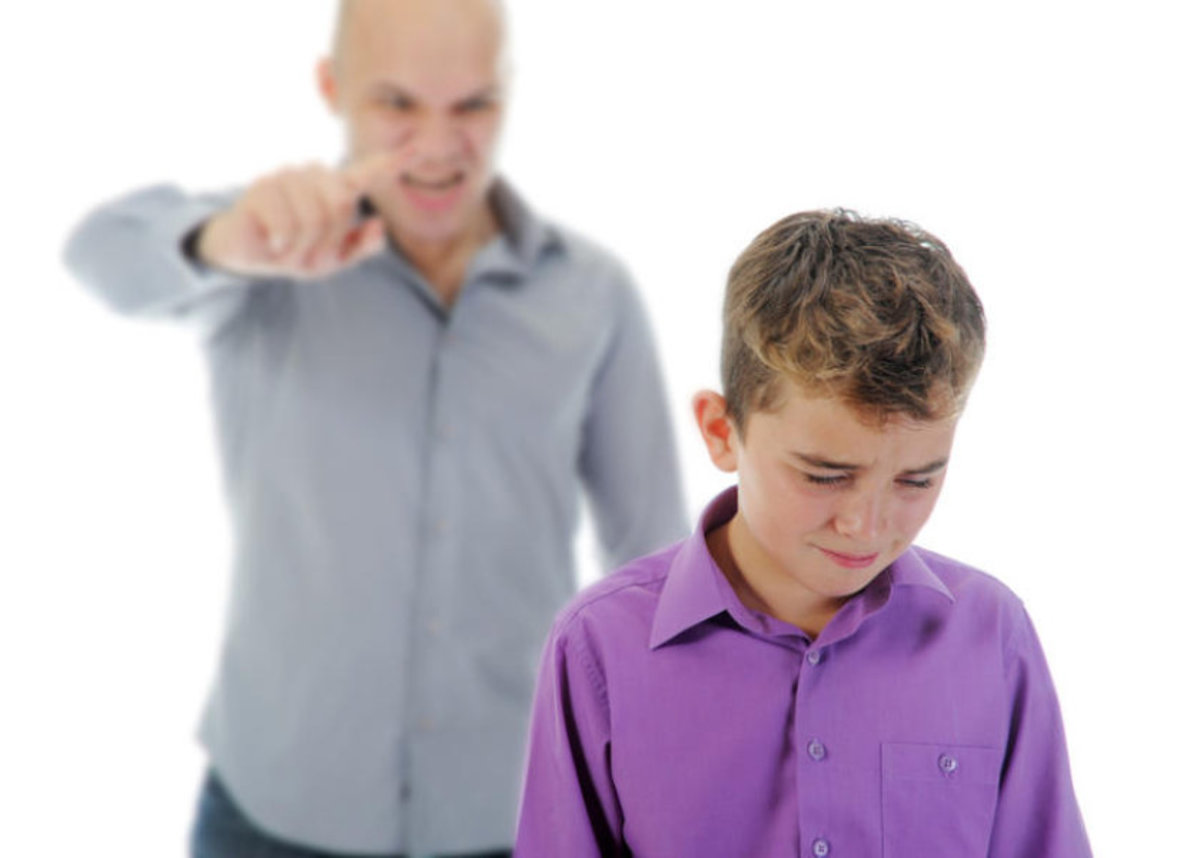
Causes
There is very strong evidence that personality in general has a genetic component. Things like how quickly you get angry and how highly social you are examples of this. In addition, who you are exposed to, how you are nurtured, and what values are conveyed to you as a child in your family are equally powerful influences on personality development. There is also evidence that life experience can actually alter the brain’s neural pathways, and even brain structure itself.
While not every child who has a close blood relative with personality disorder develops personality disorder themselves, it is not uncommon for children who have a personality disordered parent to have difficulties in their personality and relationship growth and development. Essentially, children with personality disordered parents will almost always be negatively impacted in some fashion, from being a victim of their parent’s PD behaviors, or by beginning to emulate those behaviors and eventually becoming a full-blown PD themselves.
It should be noted that many children who are protected by agencies from family child abuse come from homes where a PD adult is present, so there may be a connection between the experience of child abuse/trauma and the later development of personality disorder. There is also some statistical indications that children with divorced parents are more susceptible to developing PD behavioral signs, but it is not clear if this is a result of the divorce or because one of the parents are PD, resulting in divorce. Yet another possible contributor is the cultural trend to place children as the very top priority in family life, along with a culture where children are constantly reassured that they are ‘special’, and where every child gets a trophy despite not being on the winning team.
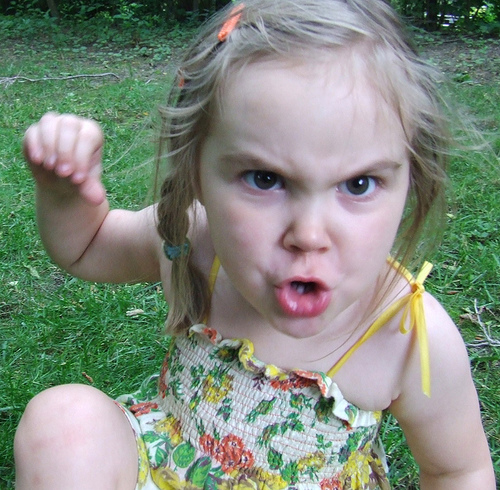
PD Behaviors in Children
When children have behavioral traits of personality disorder, early intervention and treatment are in order. Since the development, brain, and personality of children is relatively ‘plastic’, it makes good sense to address behavioral issues indicative of a mental health disorder as early and decisively as possible, to help insure positive development and later success and life satisfaction. Traditionally, in mental health treatment, a diagnosis of personality disorder is not given to a child, and only rarely to an adolescent. This is because of the recognition of continuing development in the child, and the fact that behavioral traits of one mental health disorder quite frequently overlap with other disorders. So, the mental health diagnostician usually prefers to give a ‘differential’ diagnosis, meaning a flexible diagnosis that may change over time and with more concrete evidences. Just a few possible diagnoses that children with these traits might be assigned are Attention Deficit-Hyperactivity Disorder ,Oppositional Defiance Disorder, or Conduct Disorder.
Some studies suggest that parent of infants and toddlers that later show signs of personality disorder were fussier than their other children, have fragile emotions, never seem to have much fun or are ever satisfied, have sleep problems, do not manage changes well, and have a hard time self-soothing. In early childhood, children who later are diagnosed with borderline disorder are often described as being more demanding and requiring more attention than their brothers and sisters. Some seem to worry more, have more episodes of sadness, are more sensitive to criticism, continue to be more readily upset by changes in routine or plans, and are more easily angered. They are easily frustrated, and when frustrated they may have severe temper tantrums. Some have great difficulty separating from home to attend school, and under stress may demonstrate physical symptoms such as pulling out small strands of their hair, frequent stomach cramps, headaches, problems eating, and an abnormal sleep pattern.
There are some specialized areas of review for evaluating older children, though the noted behaviors may be indicative of emerging personality disorder, they are not iron-clad proofs of an eventual adult diagnosis of personality disorder. These are behaviors sets like separation anxiety,poor in school socialization skill and success levels, poor ability to connect with others through eye contact, and the nature and quality of play activities such as consistent solitary play, frequency and intensity of peer conflicts due to the child making demands of others, and any play indicative of cruelty, such as pet or animal abuse. Generally speaking, children that display personality disorder behaviors will be doing some, if not all of the following on a daily basis: holding a consistent attitude of entitlement, frequent exploitation of peers, manipulation of adults, alternating between using or devaluing others, instances of sadistic lack of empathy, age regressed dependence on others for a wide variety of things physical and emotional, inflated and self-aggrandizing expressions of skill, exaggerated claims of peer attachments, or greatly inflated stories of personal achievement and success.
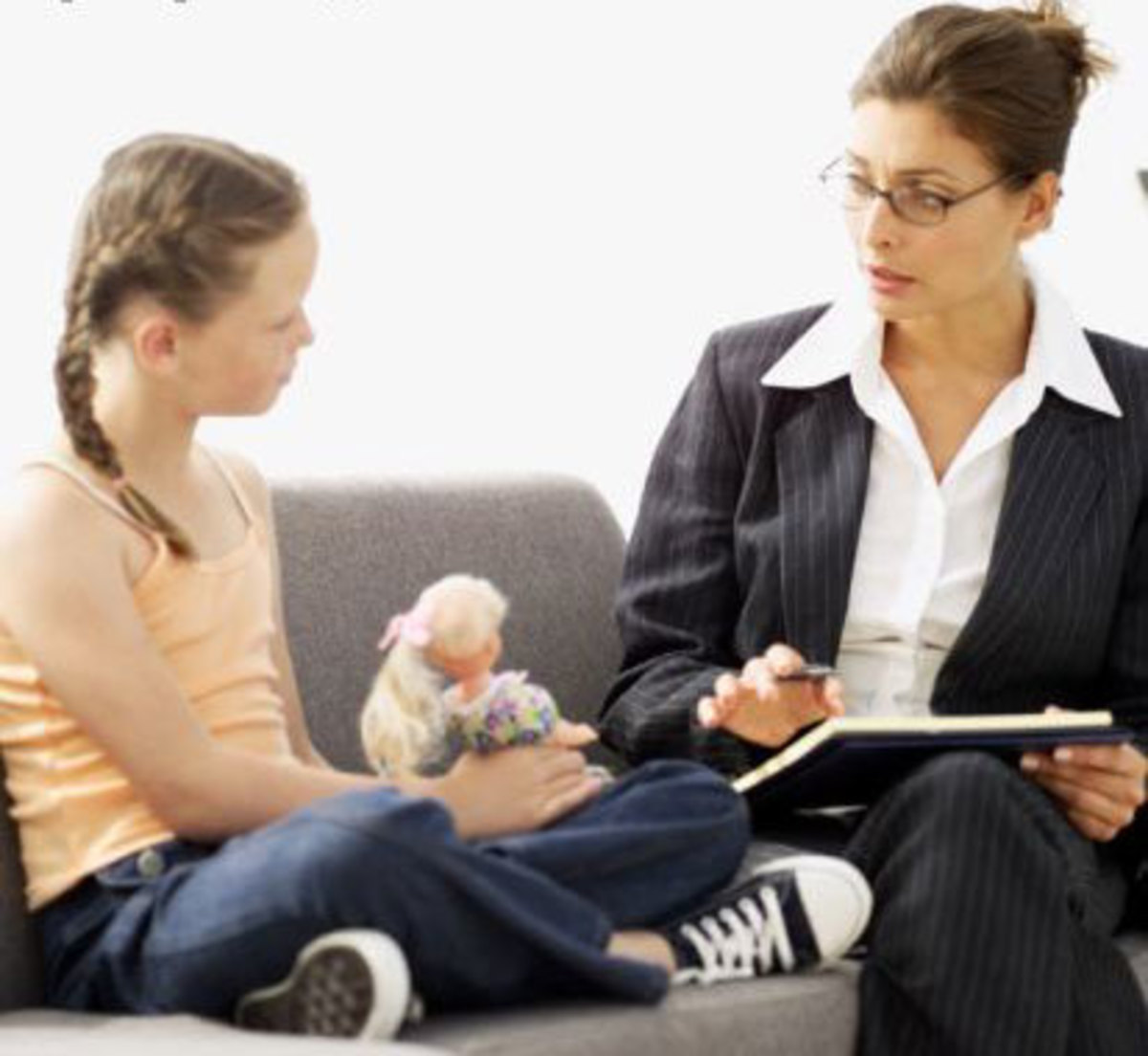
Treatment
When a Personality Disordered parent has committed clear, legally defined abuse of their child, it is obvious that the immediate treatment be removal of the child from that home to a more secure and safe environment. In cases where the abuse is primarily emotional, it is often difficult to prove (to a judge) that the PD parent’s behaviors are in fact, abusive and harmful to the child, making treatment far more difficult. In most scenarios, the child becomes identified as a behavioral problem (usually by the school), only later revealing that the central problem is an untreated PD parent who is clever enough to deflect any guilt from themselves, but has been forced in some way to comply with an outside agency or treatment professional in order to address the child’s resulting behaviors of the PD’s emotional abuse.
In some cases, the child’s behavior set has come to the point where they may be a danger to themselves or others, since the child has come to the conclusion that they must act in very dramatic fashion (crime, high risk behaviors, or self-harm) to get helpers or authorities to comprehend that there is in fact, a problem in the home. The intensity and depth of interpersonal trauma experienced by children with a PD parent cannot be overstated; for many, even very brief exposure to the triggering parent can set back their foster or residential treatment progress by months or years. It is often wise to consider a moratorium on contact between and healing child and their PD parent.
For the child who is displaying behavioral characteristics and traits of personality disorder, the best treatment staff are those who are caregivers of the child that have learned specific skills to alter the problematic behavior sets. Any child with personality disorder traits needs a committed caregiver to enter into educational counseling to learn how to help the child, and to alter the caregiver’s often unwitting participation in encouraging the problem behaviors. If one parent has a personality disorder, getting them into treatment for their own benefit is highly desirable. Depending on the type, nature, and willingness of the adult’s personality disorder, this may be more or less successful. For many children with personality disorder traits and personality disordered parents, it is best to attempt treatment of both individuals, pairs (parent and child, couple), and the whole family. In the end, most counselors treat who shows up at the counseling room.
The treating counselor needs to model the desired positioning and approach towards the suffering child and to the care-giving parent. This is true if the caregiver is the healthier parent (caregiver) or they suffer from their own personality disorder. The idea is to immerse the child in an atmosphere with certain key, consistent responses to their needs and behaviors.
The fist key element is for the caregiver to gain a strong and abiding ability to control their own emotional reactivity, and then to model and instruct the child on the benefits of the same. A main characteristic of personality disorder is the inability to regulate their own emotions and resulting behaviors. All children, but especially children demonstrating personality disorder traits, need to gain the skills of self-soothing and placing a ‘firewall’ between intense emotions that we all feel and reactive behaviors. This is a skill that requires instruction through direct teaching as well as behavioral experience. We have to tell children that they can, indeed, calm themselves down, take responsibility for their own emotions and actions, and can slow down their internal processes to make better behavioral decisions. For children with PD characteristics, this often needs to be repeated, many, many, more times than for the average child.
The second element is empathy. People with personality disorders tend to be quite self-centered and hyper-emotional; often seemingly unable to take into account how others feel, human emotional exchange, and what others need. This is what makes the PD person ‘come off’ as cold and uncaring. PD people do care, it’s just that most of the caring is trying to figure out how to take care of themselves in the moment. It takes great discipline for a helper to remind themselves that the PD person is emotionally a frightened and angry child who needs someone to reassure them that everything is going to be OK. Expressing empathy for what the PD individual is going through is key because by in so doing, we not only comfort them, but are teaching them that everyone in the world needs empathetic support. We must be willing and disciplined to teach them how to empathize. In addition, empathy is the tool to the interior life of the PD individual, and empathy is what encourages and allows genuine ‘connection’ between individuals; it is in this connection that true healing and positive change can occur. This is, admittedly, a very tall task, as expressed personality disorder characteristics do not naturally inspire empathy and compassion.
If the only tactics used are self-control of emotional reactivity and empathy by the caregiver to the child with PD characteristics, the child may very well learn quite quickly how to manipulate these for their own continuing advantage. If I only hold on to myself and offer compassionate empathy, the PD person will see me as a ‘push over’ and abuse me. That is why the third key is for the caregiver to have a strong sense of boundaries and limits and always insist on the application of natural consequences. It is this active, measured, disciplinary pattern that counter-balances the empathy package; it is the dose of reality that the PD persona needs to learn to cope with the world.
What is meant by “clear and consistent boundaries, limits and consequences” is that the behavioral bar is set at a reasonable height, and not compromised, ever. This is true for all behaviors and interactions, be it rules of how much candy can be enjoyed, or how people are to be treated. Some parents, if they have lived with a PD adult, may have never learned or have forgotten what a “reasonable behavioral bar height” is. If this is so, they need to learn or relearn what that is, and gain the needed internal strength to set and carry it out. What “clear and consistent boundaries, limits, and consequences” does not mean is abuse. Though children with PD characteristics can be extremely frustrating and challenging, no child deserves to be abused. There are clear and consistent boundaries and limits on the caregiver as well.
Sugns
Do you any of the troubling behaviors mentioned in your child?
Conclusions
As the faithful reader can see, the issue of a child who carries PD characteristics is complex and there are no simple solutions to the many facets of the challenge. This is why interested, committed caregivers are essential to altering the life trajectory of a child who has personality disorder characteristics. Treatment needs to be comprehensive: clinical counseling is in order not only for the child, but more importantly, for the healthier caregiver, and the PD parent (if they are around). The key elements of treatment are learning to avoid emotional and behavioral reactivity, use of empathy, and holding clear and consistent boundaries, limits, and consequences.



